How to transport a bicycle on an airplane?
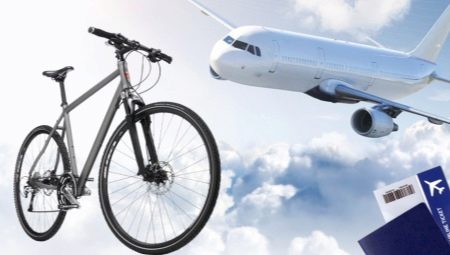
True cyclists cannot imagine how you can go on a journey without your "iron horse". And if there are no special difficulties with a car, transportation in an airplane can be puzzling. How to properly organize the process and deliver the vehicle safe and sound, we will talk in our article.
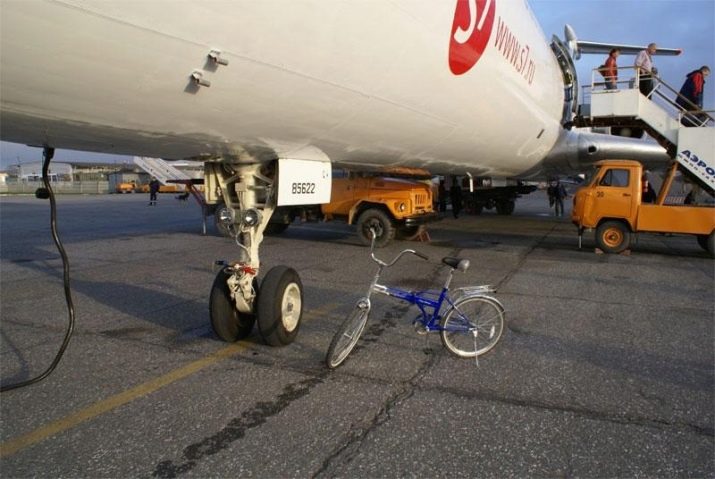
Features of transportation
Currently, transporting a vehicle such as a bicycle on an airplane does not present any difficulties. Many are accustomed to traveling this way and do not see this as a problem. However, it is necessary to follow some rules, since in any case this vehicle is often quite expensive, therefore, possible damage will be very unpleasant for the owner, and may also disrupt the performance of the structure.
First of all, you should take care of the packaging. The safety of the bike depends on how competently it is performed. It should also be clarified whether the carrier airline is authorized to carry such vehicles. In some cases, you may need prior request and permission.
A limited number of such structures are allowed on board. This requirement is mandatory when they are transported with transfers, so such moments should be clarified in advance. In addition, it is strongly recommended that you familiarize yourself with the rules of carriage that are available in most airlines. This will help eliminate the occurrence of a number of problems.

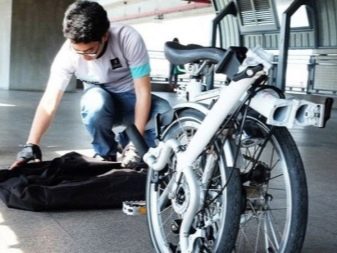
It should be noted that the cost of baggage transportation is directly influenced by its size and weight. In addition, there are weight restrictions depending on the class, and if they are exceeded, you will have to pay extra, this must also be taken into account.
As for children's tricycles, there are usually no special requirements for their transportation. Their weight is quite modest, so it fits into almost any restrictions. However, in any case, care should be taken to ensure safe packaging.


Package
There are also certain requirements for packaging. Let's consider the main ones that will help deliver the "iron horse" safe and sound in a bag, case or case.
In the case where there is a disc mechanism, Remove the brake rotors as they may deform during transport. When it comes to hydraulic brakes, it is necessary to make it impossible to accidentally compress them. This can be prevented by installing a plastic interlayer.

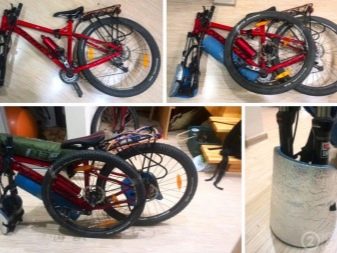
The rear derailleur is removable and locks securely to the frame. Plastic spacers are also placed between the fork rods. The pedals are removed and turned inward, since in the normal position they can damage the cover, and then other people's luggage. If the steering wheel is removed, it must be turned parallel to the frame. It is also recommended to remove the front wheel. The tires must be deflated.
It is necessary to consider which disassembly option can be used. You can remove only the front wheel or disassemble the suspension completely. In the first case, assembly time is saved, but during transportation it is easy to damage the structure. The second is more successful in this regard, but it should be borne in mind that disassembling and assembling the bike in this case is very long and difficult.


Types of packaging
However, before disassembling the "iron horse", you should also think about the packaging method. This is important, because the stronger and more reliable it turns out to be, the more chances there are to deliver the structure to its destination safe and sound. This is, first of all, about the packaging material. It can be of 3 types: a hard case, a cardboard box or a case for transporting a bicycle. Let's consider each in more detail.

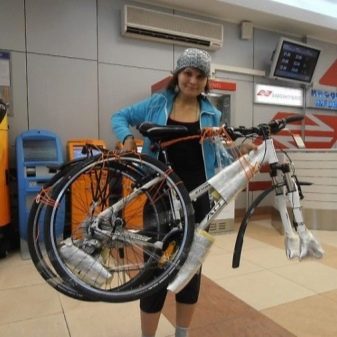
Hard case for transporting a bicycle
Such cases can be easily purchased at specialized stores. They are made of durable and wear-resistant material and maximally protect the bike from external mechanical stress during transportation. This is especially true when it comes to expensive models, the appearance of kinks and scratches on which is highly undesirable for the owner.
However, not everyone can afford this type of packaging. The fact is that it has a fairly high price, the range of which is influenced by the manufacturer, material of manufacture and strength. In addition, such cases are significant in size, and at the same time they are rigid and uncomfortable.
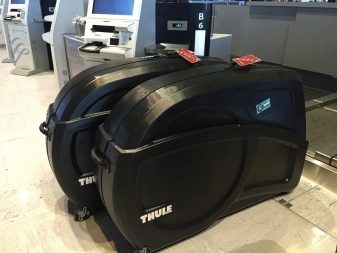
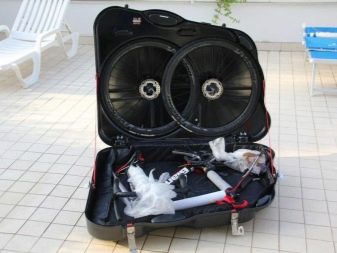
Cardboard box
Many people think that a cardboard box can serve as an excellent and much cheaper replacement for a hard case. The factory packaging of the bicycle can be used as it.... If it has not survived, any other will do. You can contact a sports store, where they will almost certainly be able to find a suitable option and give it away completely free of charge.
This method is often used by ordinary tourists. In order to place the bike in the box, you will need to remove the front wheel and turn the handlebars parallel to the frame. The design fits comfortably inside, protected from external influences. Upon arrival at the destination airport or hotel, the packaging can simply be thrown away.


Bike carrier
Finally, the easiest way to pack your bike for transport is bike case. It enjoys well-deserved attention among tourists, as it is small in size and weighs very little. It can also be used as a tent mat, blanket or rain cover.
The bike is placed in the cover so that the wheels are at the edges, and the frame is inside. After that, everything is carefully tightened with belts. The structure will be more difficult to damage and scratch.
In addition, you can put other useful things in the case. This can be a tent, sleeping bag or items of equipment. The main thing is that the weight should correspond to the declared norms, in this case, the airline, even with dissatisfaction, will not be able to prohibit the transportation.
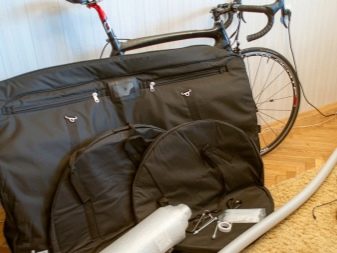
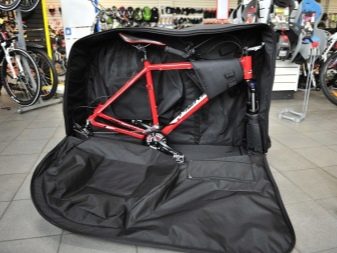
Payment
A number of airlines charge additional fees for baggage that does not match the dimensions. Therefore, experienced travelers advise in advance, when planning a flight, order a ticket that contains a separate baggage space. In this case, you should definitely pay attention to the conditions of carriage. In some cases, it will be necessary to make a call to the airline office and inform them about the presence of oversized baggage. Ignoring this condition can lead to the fact that when boarding, the bike will simply refuse to accept.
The drop off of sports equipment at the airport is carried out separately from baggage. After registering and sticking special tags, the bike is sent to the collection point for oversized items. It should also be picked up not on a common tape, but from the employees of the oversized delivery point. The cost of transportation will vary depending on its weight, size and airline conditions.

You can also transport your bike if you have insured it in advance. The fact is that the insurance for the loss of luggage turns out to be not very large, so additional precautions will protect against deprivation of a significant amount of money.
Watch a video below for tips on how to get your bike ready for airplane transport.








